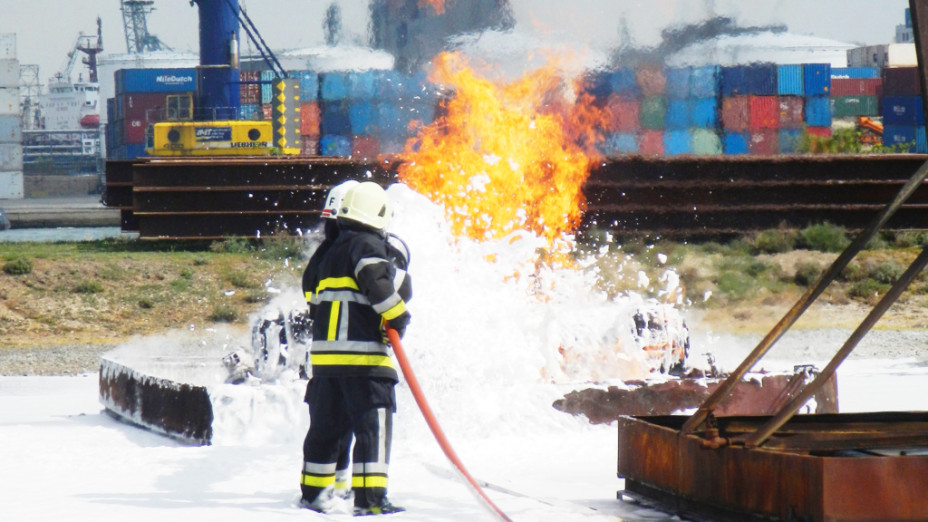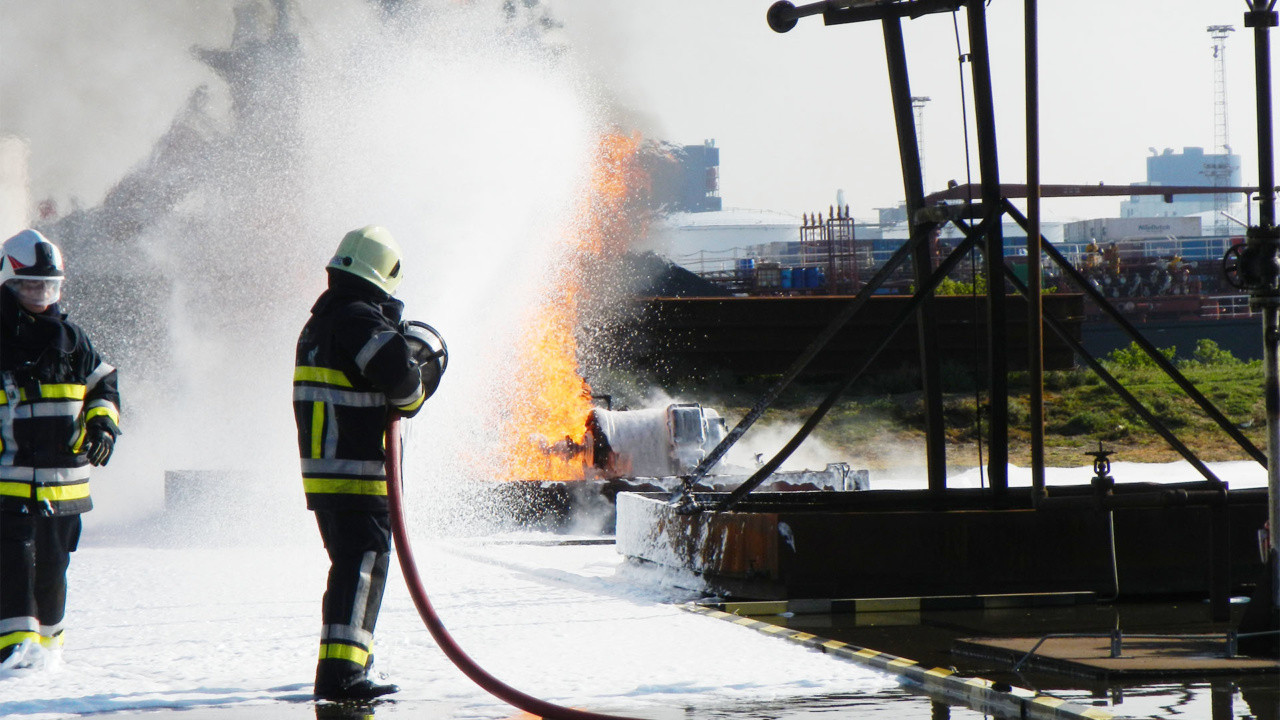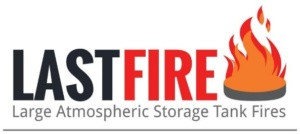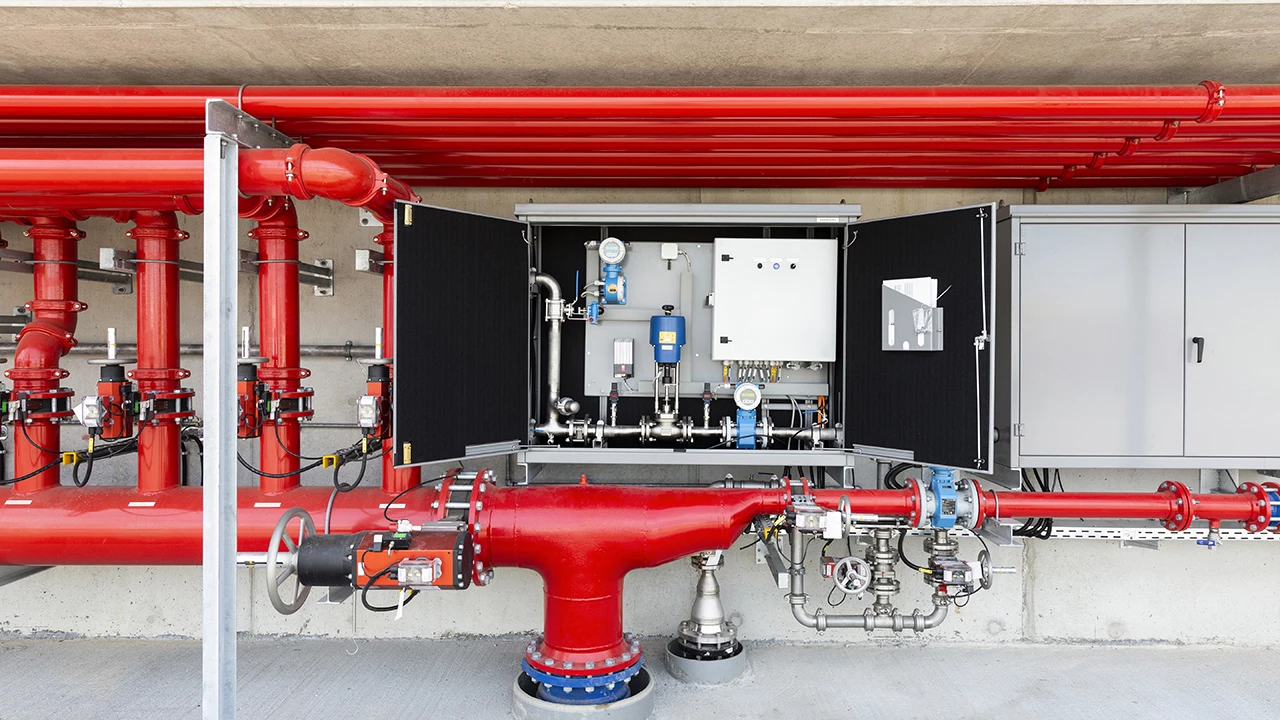Evolution of fire safety
The evolution of fire safety is a continual process of change, in which people constantly learn as research and development goes on. In recent years, industries have been paying greater attention to achieving a more sustainable, safer and healthy working environment for their employees. Regulators globally are pushing organizations to give more consideration to the risks of manufacturing, processing and working with dangerous chemicals by regulating the use of specific compounds that are also used in fire safety gear and in firefighting foam agents. Rising awareness of health and safety has forced various industries across the world to change rapidly. The Oil & Gas, Petrochemical, Offshore, Aviation and Maritime industries are nowadays being confronted with stricter regulations relating to the use of these dangerous chemicals.
Why is the fire safety industry forced to change?
Scientific studies have shown that the exposure to specific chemicals can have a negative influence on humans and animals – one such chemical group is called PFAS (per- and polyfluoroalkyl substances). Their high persistence, bio accumulative and toxic behavior forms a health threat to people, the environment and our drinking water supplies and has been deemed as very dangerous by scientific research.
Going back to the mid-60’s industries have been using Firefighting Foam agents as a fire-extinguishing medium to extinguish flammable and combustible liquid called class B fires. The use of (AFFF, FFFP, FP) foam agents by the industry is now globally being reviewed and regulated, due to the inclusion of PFAS chemicals that can cause illness when exposed. As companies can now be held responsible for the use of PFAS containing foam agents, as they are included in AFFF, FFFP and FP products, alternatives had to be found.



